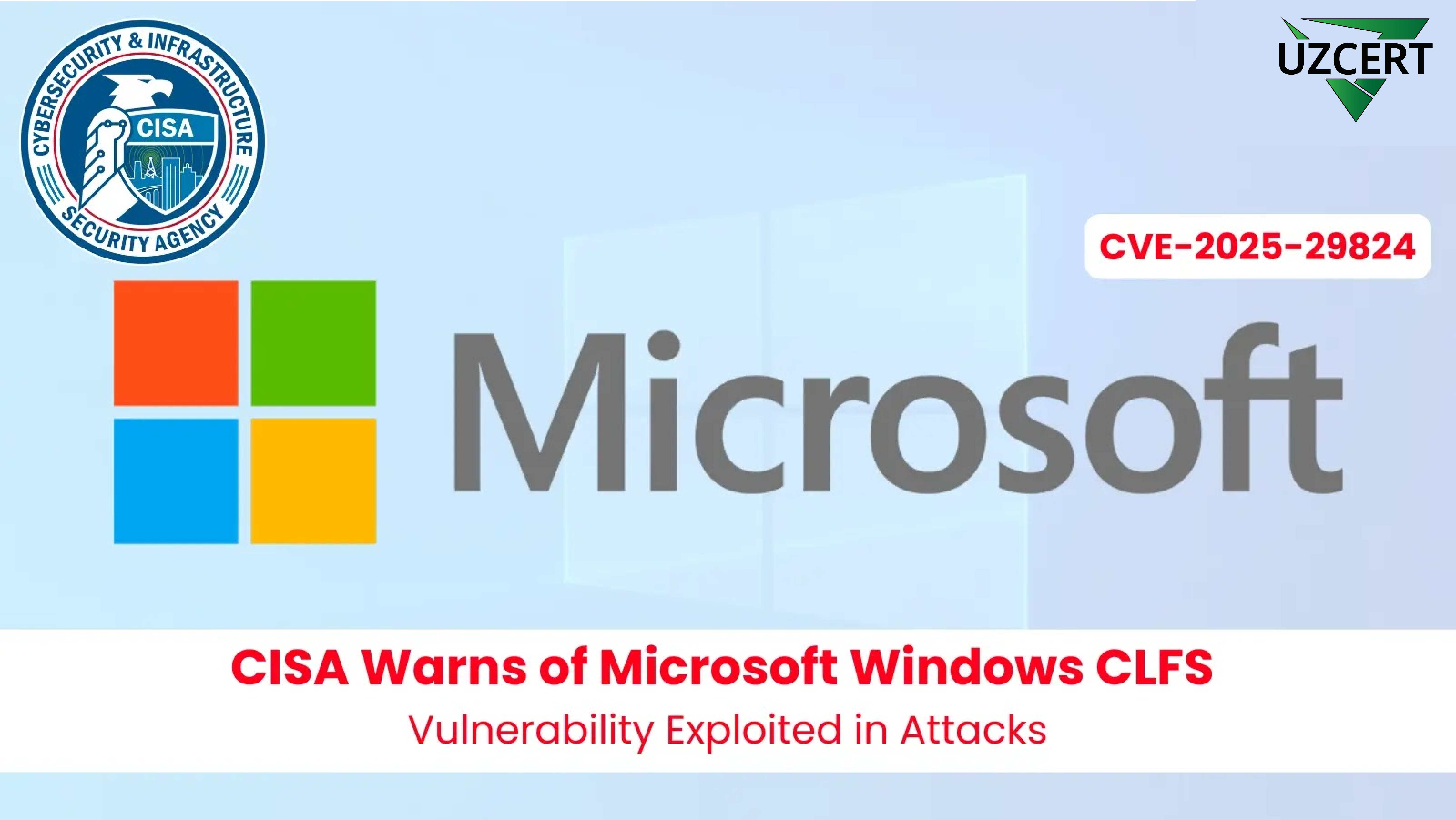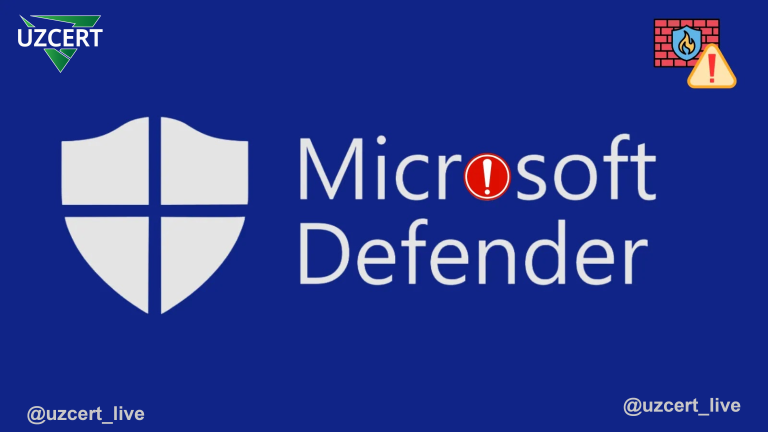
CISA Warns About a Critical Vulnerability in Microsoft Windows!
The Cybersecurity and Infrastructure Security Agency (CISA) of the United States has officially issued a warning regarding a critical vulnerability in the Microsoft Windows operating system. This vulnerability, registered under the identifier CVE-2025-29824, has been added to CISA’s Known Exploited Vulnerabilities (KEV) catalog.
The vulnerability was discovered in the Common Log File System (CLFS) driver of Windows systems and is currently being actively exploited by cybercriminals in targeted cyberattacks. What makes this vulnerability particularly dangerous is its use in ransomware attacks.
CVE-2025-29824 is classified as a “Use-After-Free” (UAF) vulnerability, which occurs when an application attempts to access memory that has already been freed.
By exploiting this vulnerability, an attacker who has gained local access to a system as a regular user can elevate their privileges to SYSTEM level, gaining full control over the operating system.
This vulnerability has been assigned a CVSS score of 7.8, placing it in the high-severity category.
Microsoft has addressed this zero-day vulnerability (exploited in the wild before being patched) in its April 2025 Patch Tuesday update. The company has confirmed that attacks leveraging this vulnerability are using a malicious trojan known as PipeMagic.
PipeMagic is a modular backdoor that has been actively tracked since 2022 and has previously been used to exploit other critical Windows vulnerabilities.
The typical attack chain used by threat actors involves the following steps:
- A malicious file is downloaded using the certutil tool from a compromised website.
- The downloaded file masquerades as an MSBuild file and decrypts its payload.
- The PipeMagic trojan is activated and uses the CLFS vulnerability to escalate privileges to SYSTEM level.
- The attacker extracts user credentials from LSASS memory.
- Finally, all critical files on the system are encrypted using ransomware.
CISA has mandated that all federal agencies must mitigate this vulnerability by applying the relevant security patches no later than April 29, 2025. Additionally, all other organizations are strongly advised to:
- Immediately apply Microsoft’s latest security updates;
- Restrict local access to systems;
- Configure and enable Endpoint Detection and Response (EDR) tools;
- Enhance employee cybersecurity awareness and training.
This CLFS vulnerability poses a serious threat to all Windows users. Failure to apply the patch in a timely manner could allow attackers to exploit a simple user account and escalate their privileges to full system control, executing an entire attack chain.
In today’s digital environment, timely patching of vulnerabilities remains one of the core principles of cybersecurity.



